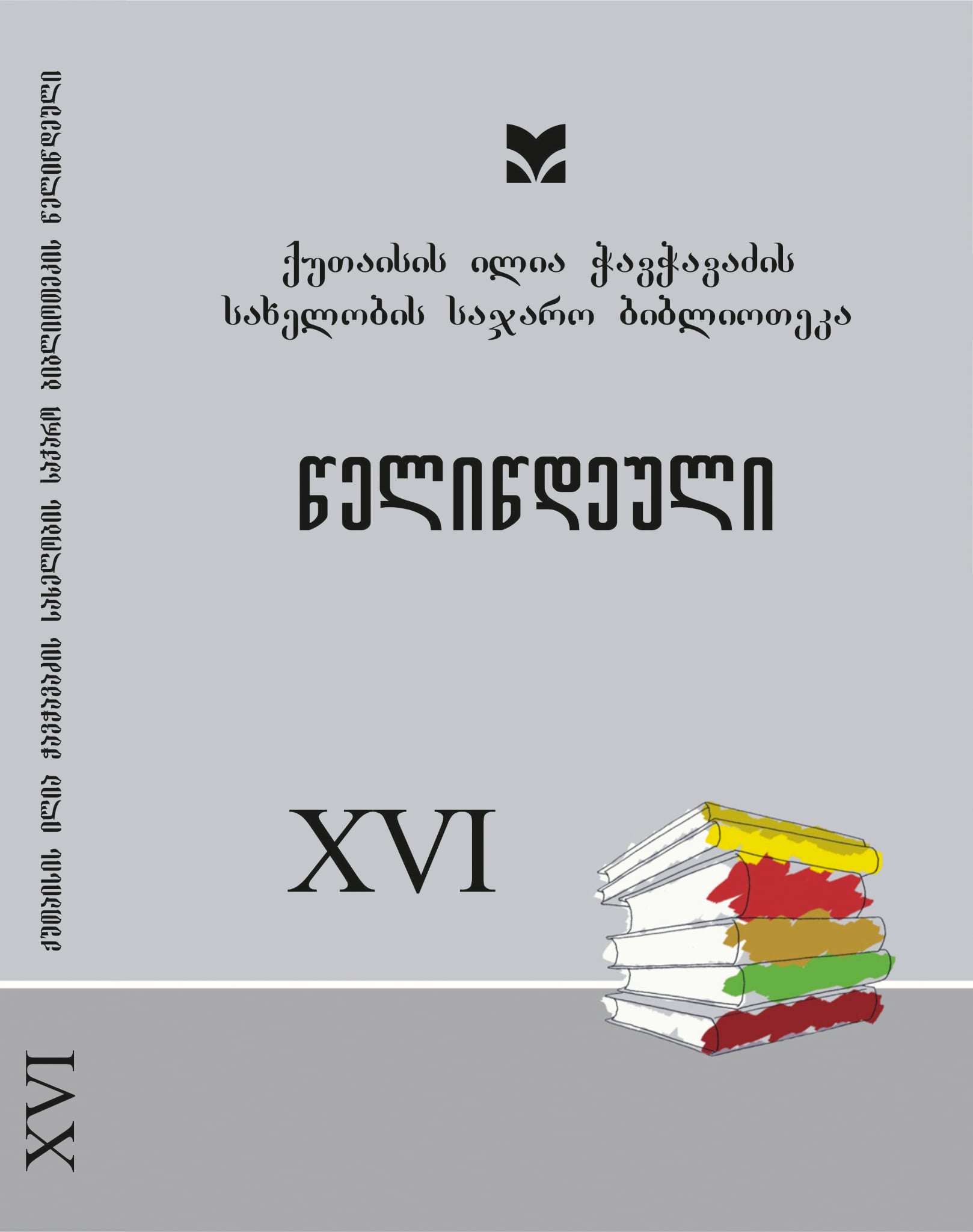Some Issues of Attribution of Weapons Produced in Guria (19th Century – 1920s)
DOI:
https://doi.org/10.61491/yk.16.2024.9382Keywords:
Georgian cultural heritage, Georgian weapons, weapons production in GuriaAbstract
Various sources describe Guria, together with neighboring Adjara, as a major center for the production of high-quality weapons. The Adjara-Guria weapons production hub, located in the Black Sea region of western Georgia, rivals only Tbilisi and Dagestan in terms of both scale and the high quality of its manufactured products.
Despite this, the history of weapons production in Guria and the weapons made there remain almost unexplored. The individual characteristics of locally produced weapons and their regional variations are poorly documented, making it difficult to
identify and accurately attribute weapons in museum and private collections. As a result, weapons made in Guria are often mistakenly attributed to other regions. This situation leaves largely unexamined a significant portion of material cultural heritage
characteristic of Georgian ethnography, the study of which is both necessary and urgent.
During the Soviet period, the study of historical weapons received little to no attention or was conducted with strong bias. After Georgia regained independence, in the absence of proper control, many high-quality historical weapons—some produced
in Guria—were exported abroad by private individuals, making their study nearly impossible. Research on unidentified or partially identified weapons preserved in museum collections has also been complicated by bureaucratic mechanisms and other
factors.
For the identifification and subsequent attribution of weapons produced in Guria, it is necessary to establish a unifified information database that includes all indicators essential for identification: the historical context of the weapon’s production, ornamentation, proportions (geometry), markings, inscriptions, manufacturing techniques, and the arrangement and shapes of individual components. Such a database would facilitate future research and help shed light on this fascinating aspect of Georgia’s material cultural heritage.




